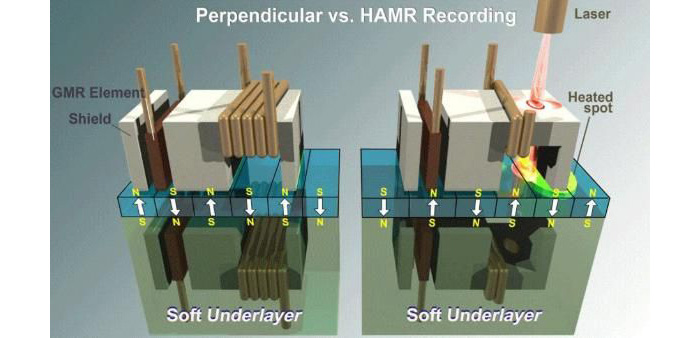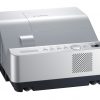Ever since the introduction of the first hard drive, HDD makers have always tried with much success to increase hard drive capacities by introducing new technologies that mostly deal with boosting hard drive recording densities. That’s why a few years ago we got perpendicular recording that will soon be retired in favor of HAMR or Heat Assisted Magnetic Recording – a technology that is expected to further improve recording densities.
The first HAMR hard drives are expected in late 2016 or in early 2017 but unfortunately despite the new ground-breaking technology behind them they will not offer record capacities. Instead they will offer about 4 TB of capacity, which is not that much compared to even today’s hard drives that reach capacities of 10 TB. The reasons behind this are a few – first HAMR is a brand new recording technology that needs some refining, second the main goal of the first HAMR drives is to evaluate the new technology in real life and third – the writing head with a laser inside will be a bit thicker than the ones used now. Due to this first generation HAMR hard drives will have an increased distance between recording platters and that’s why the form factor of HAMR hard drives will be somewhat larger than modern conventional 3.5-inch hard drives.
Despite this HAMR looks promising – hard drive manufacturers promise rapid progress in the field so in ten years time HAMR-based hard drives will reach 100 TB of capacity and beyond, which will make them serious competitors to solid-state drives. Just recently SSDs beat hard drives in capacity with Samsung offering a 16 TB SSD.
Source: News.Softpedia.com

